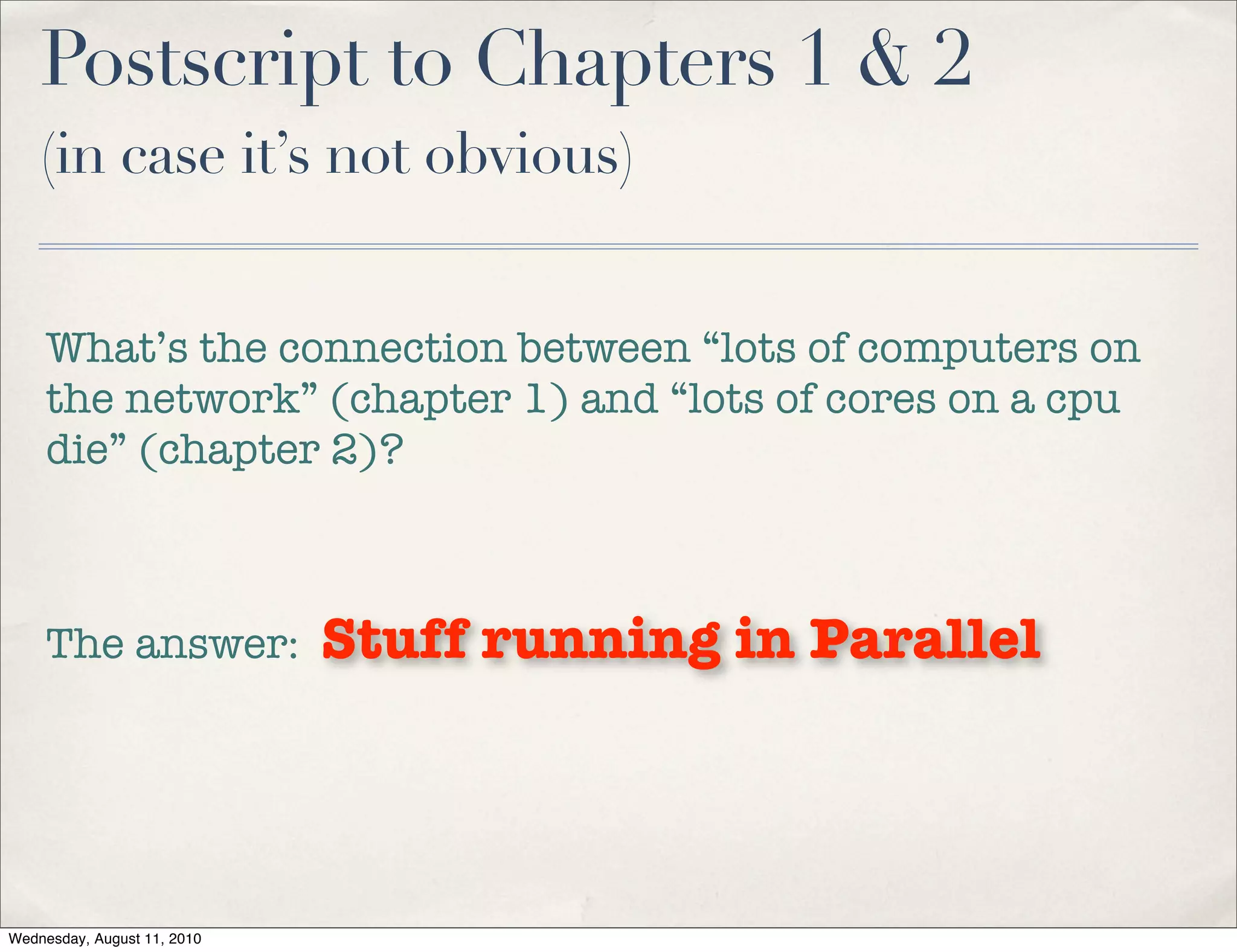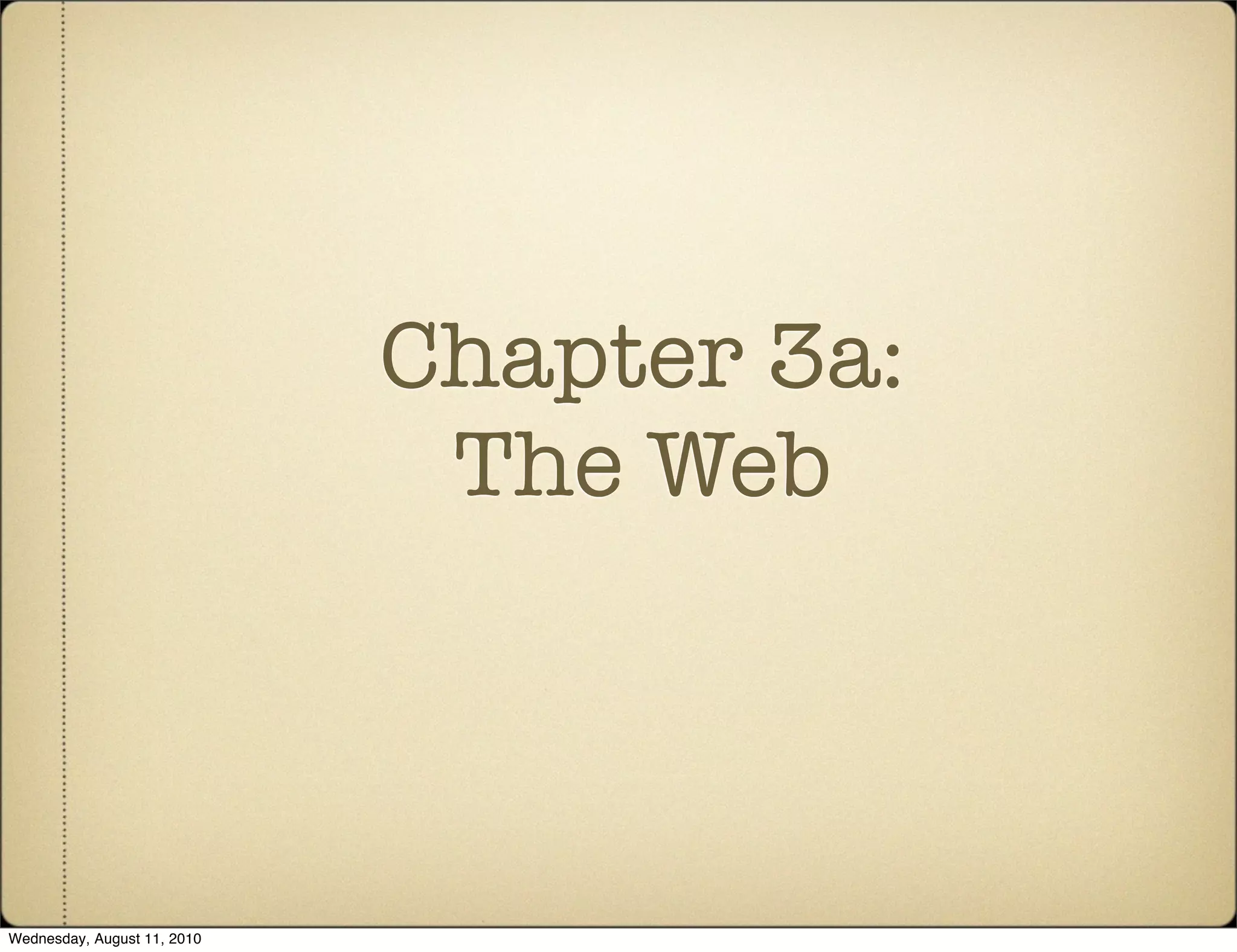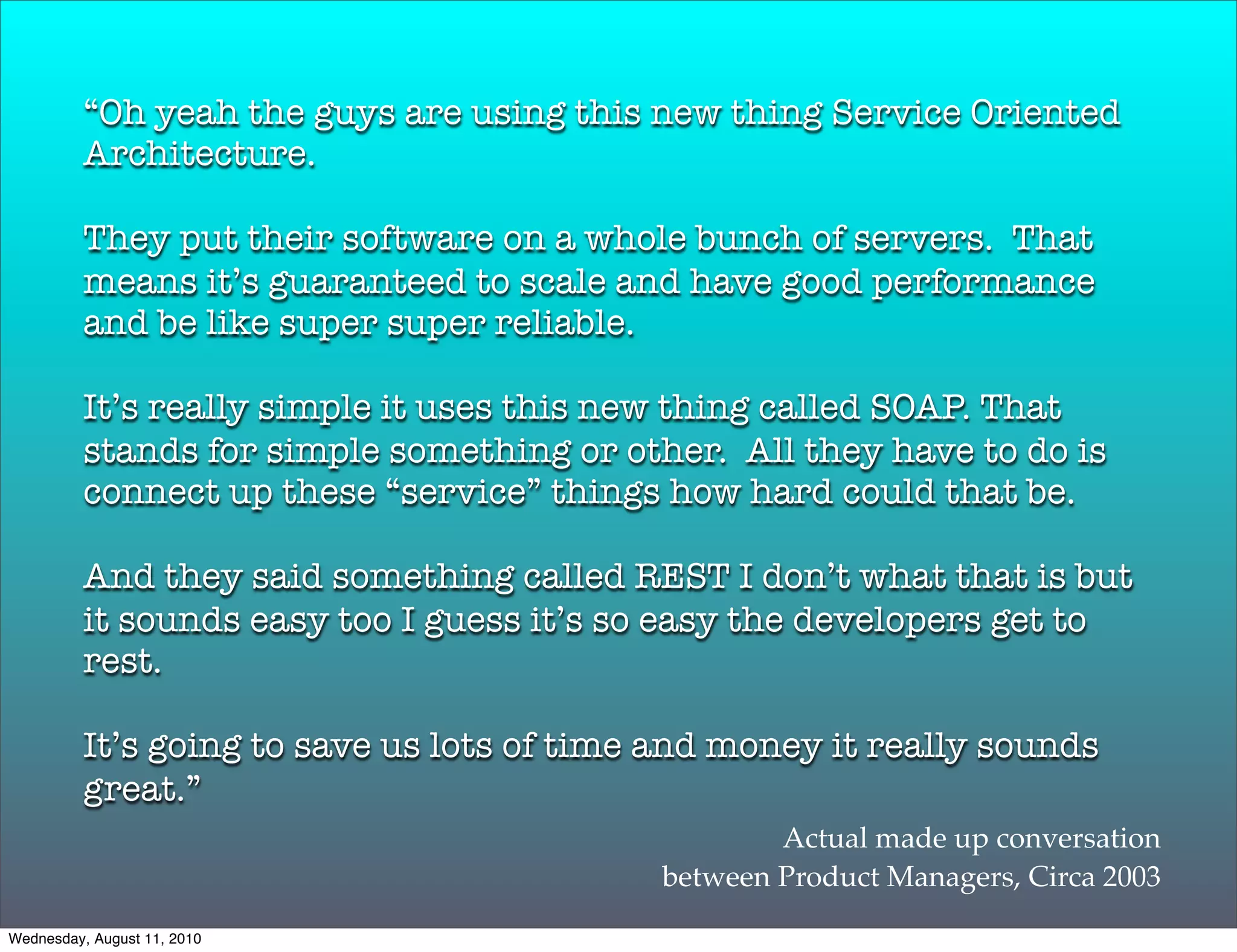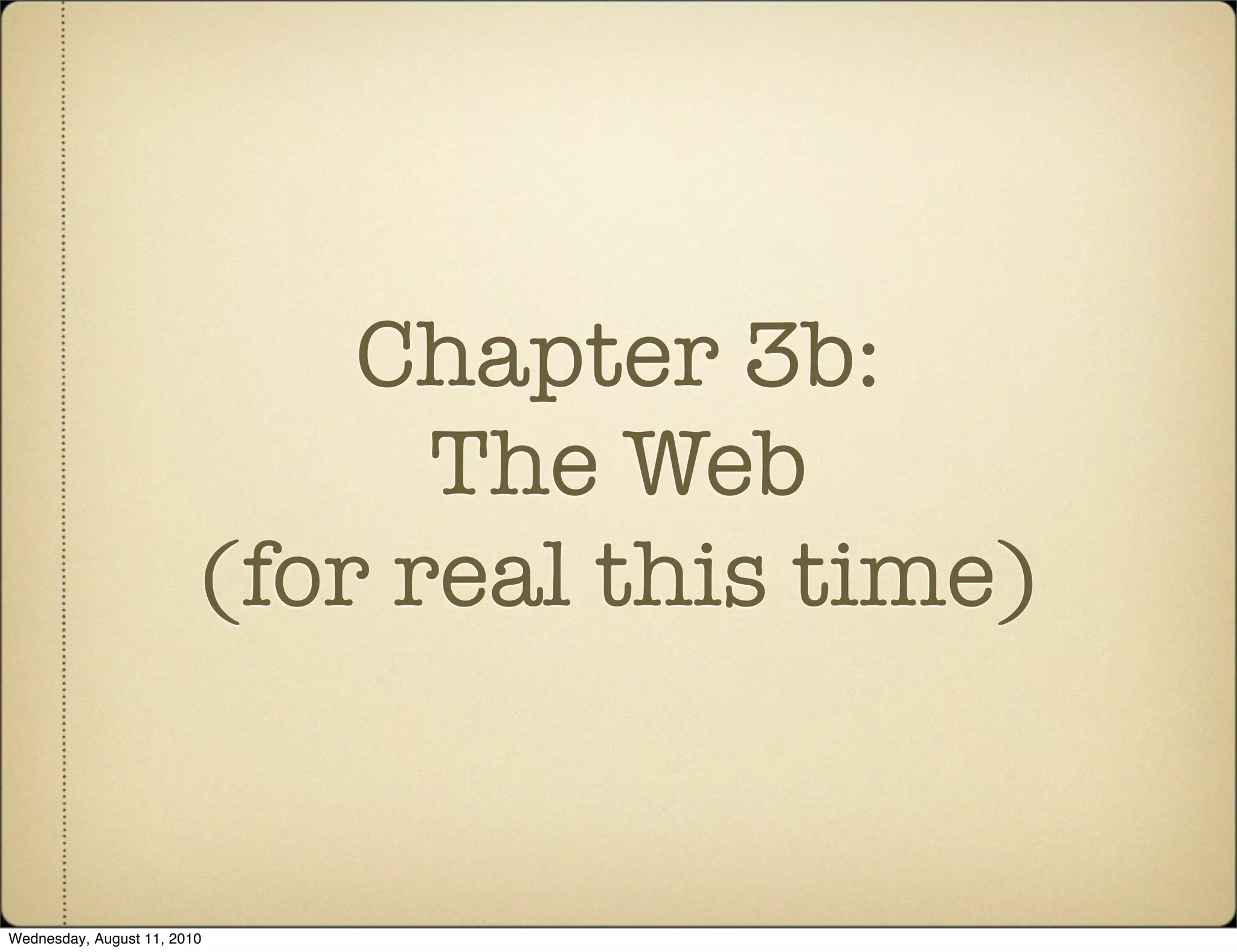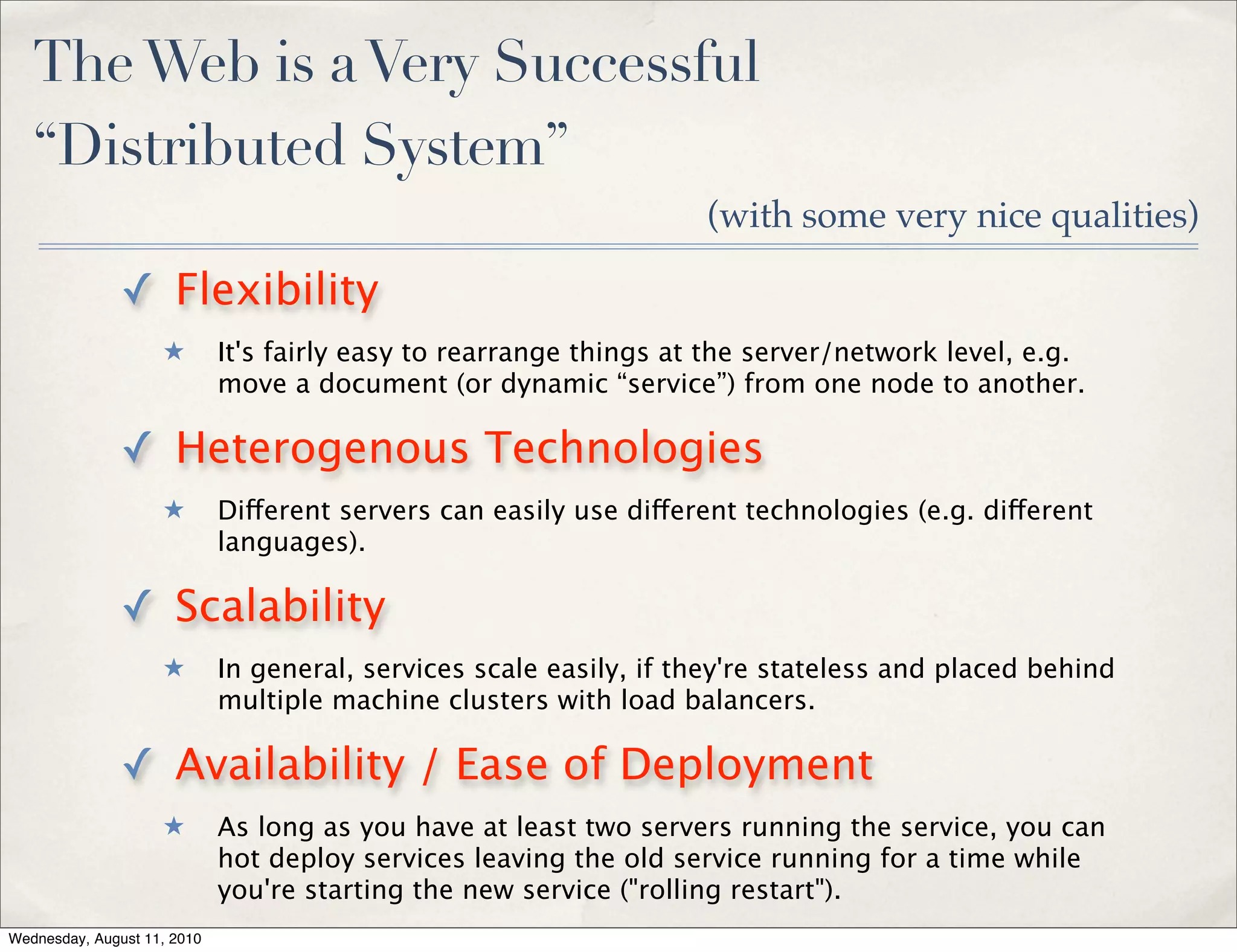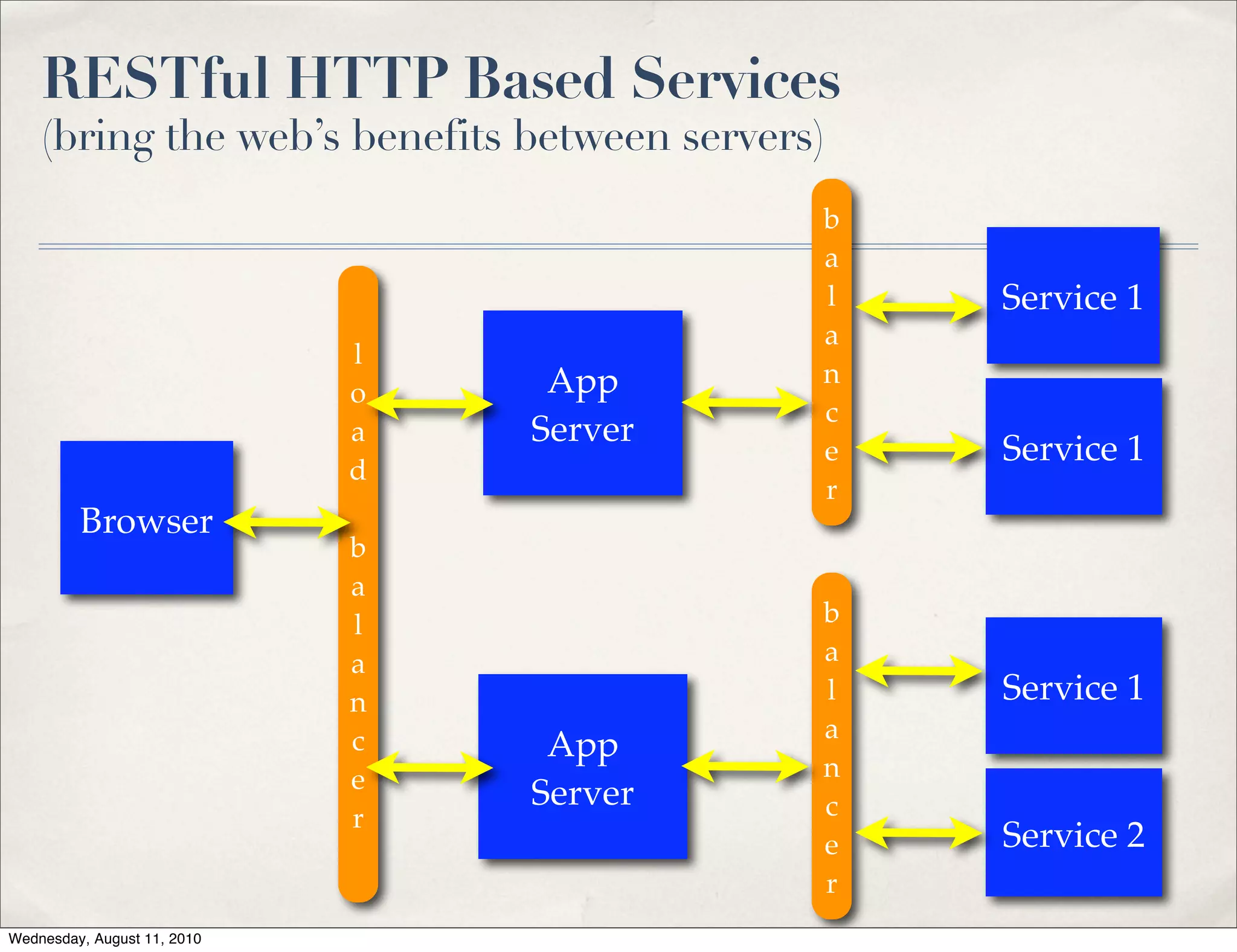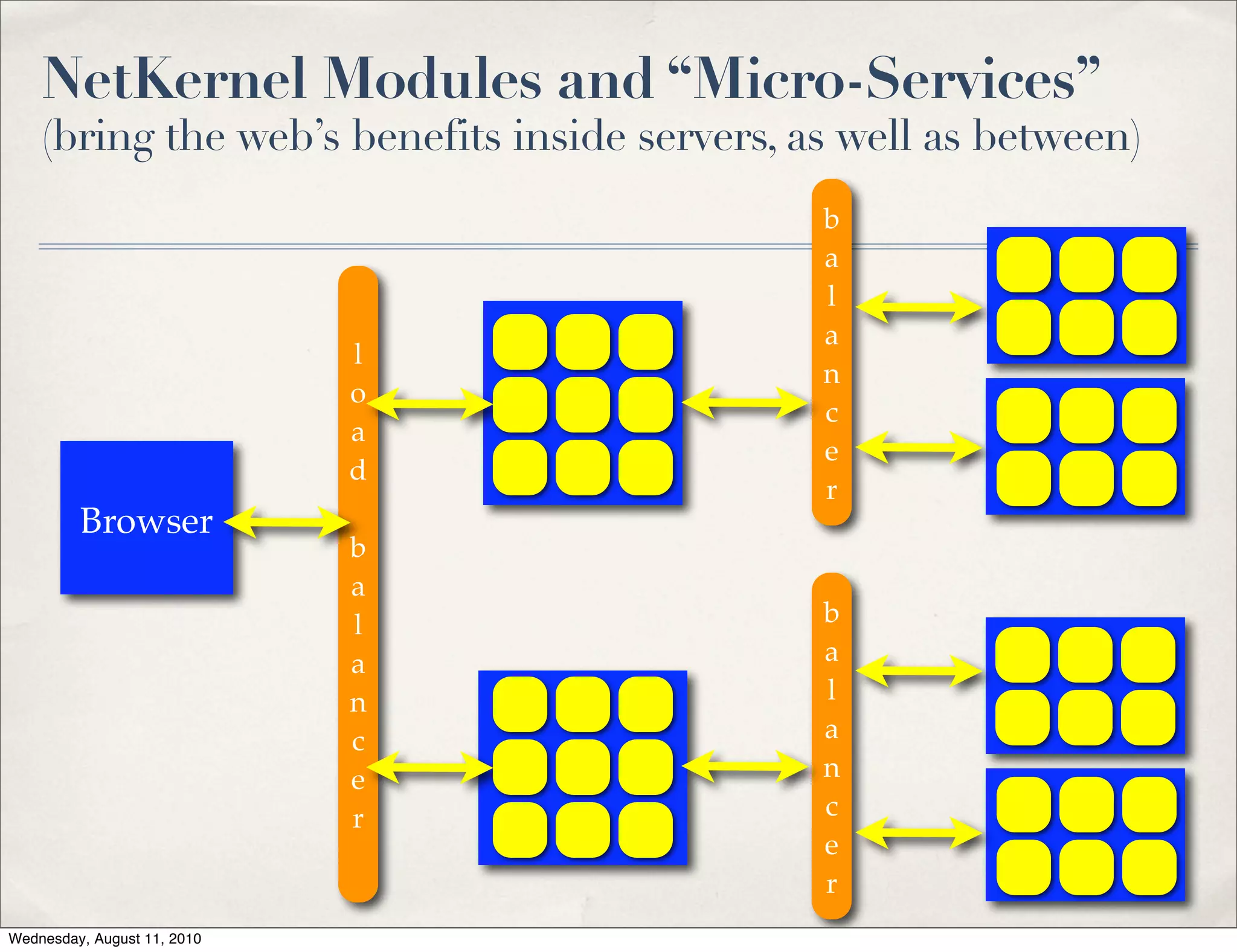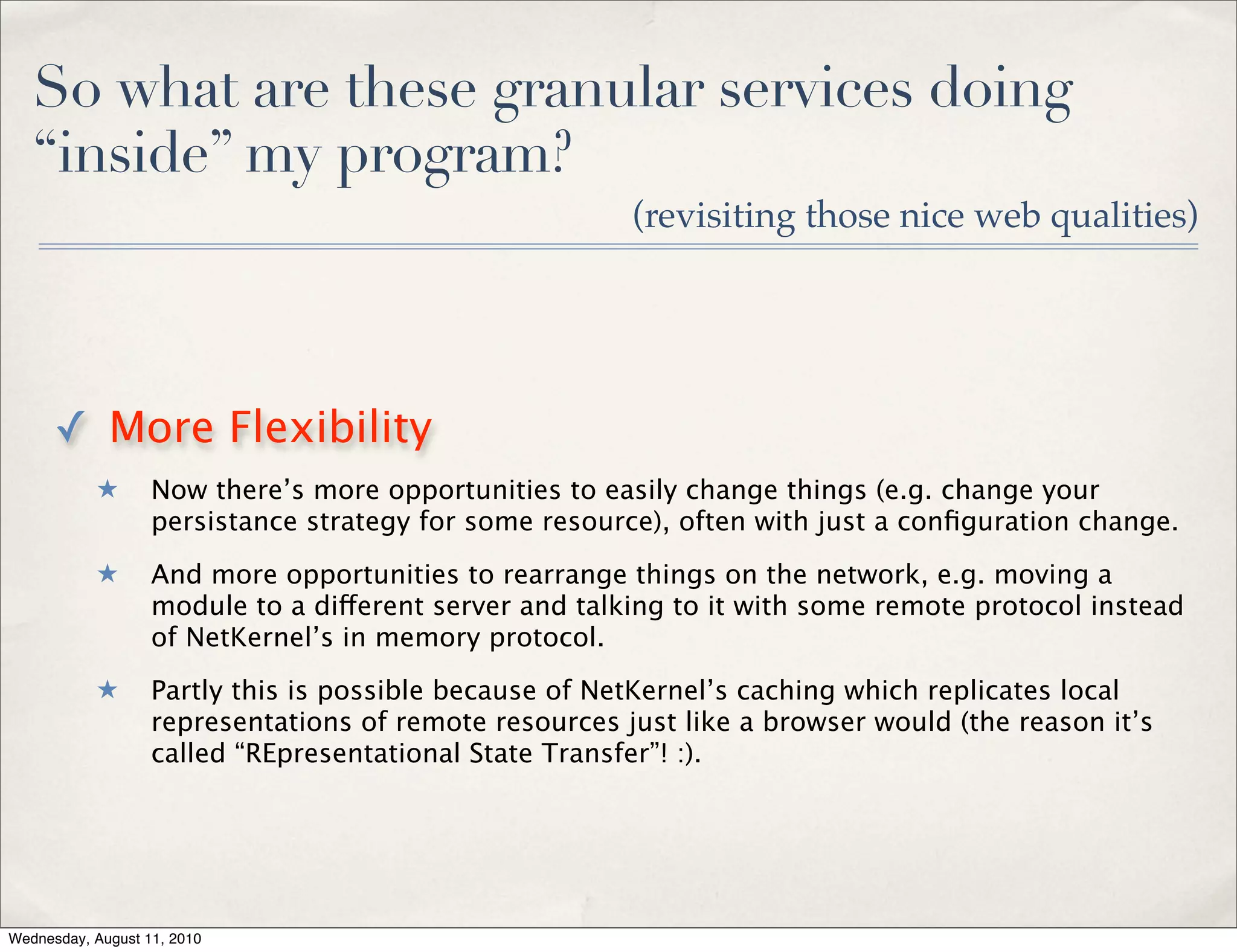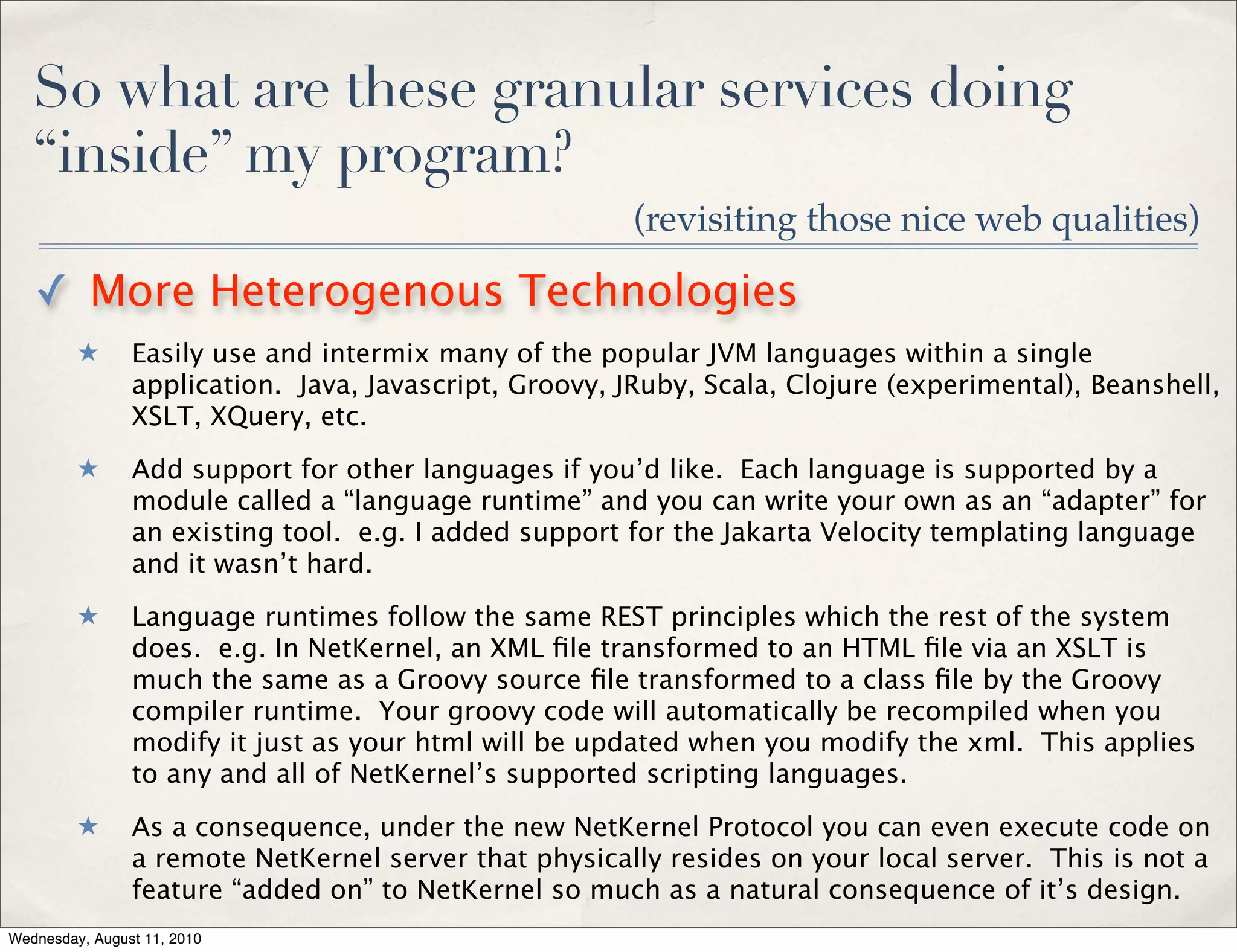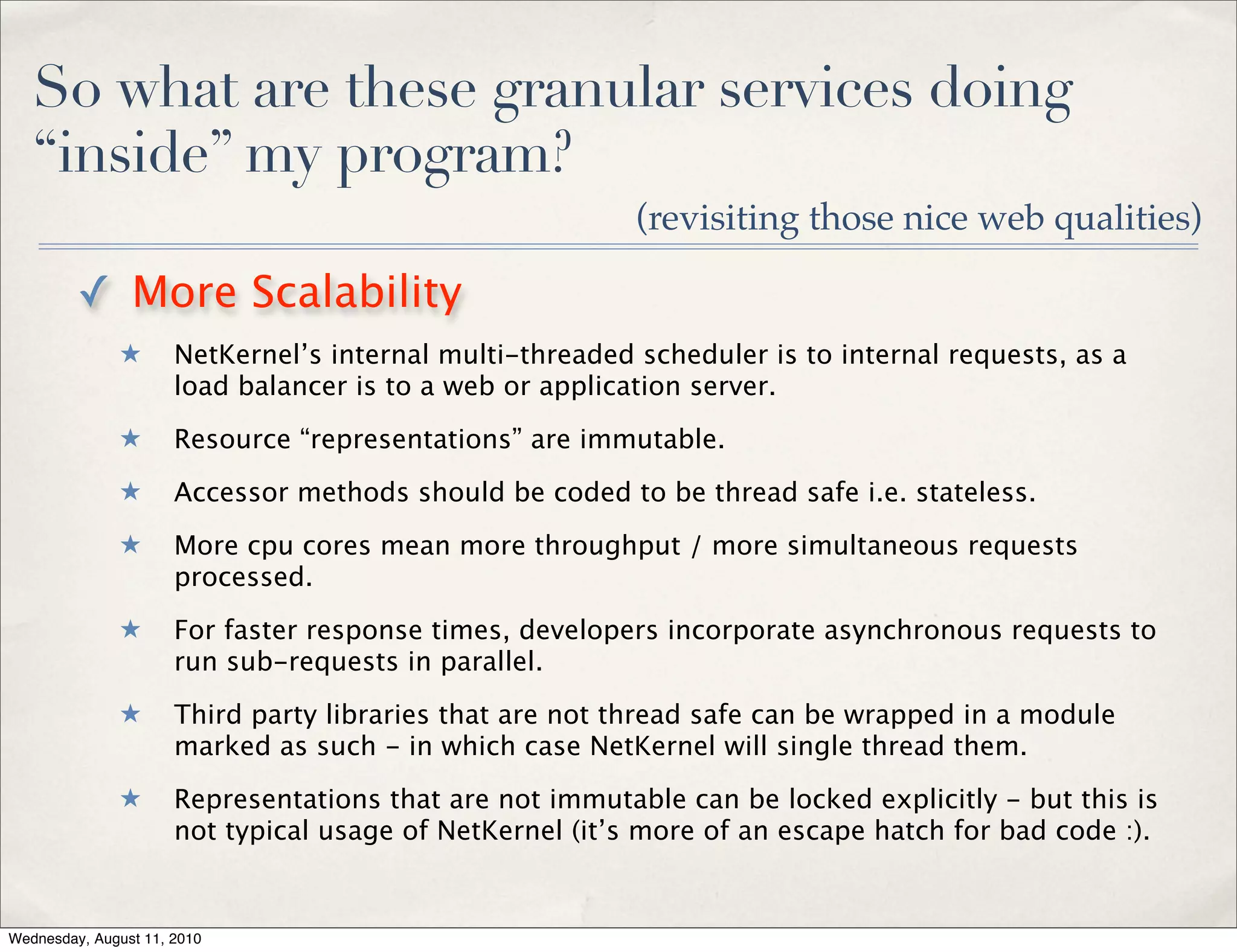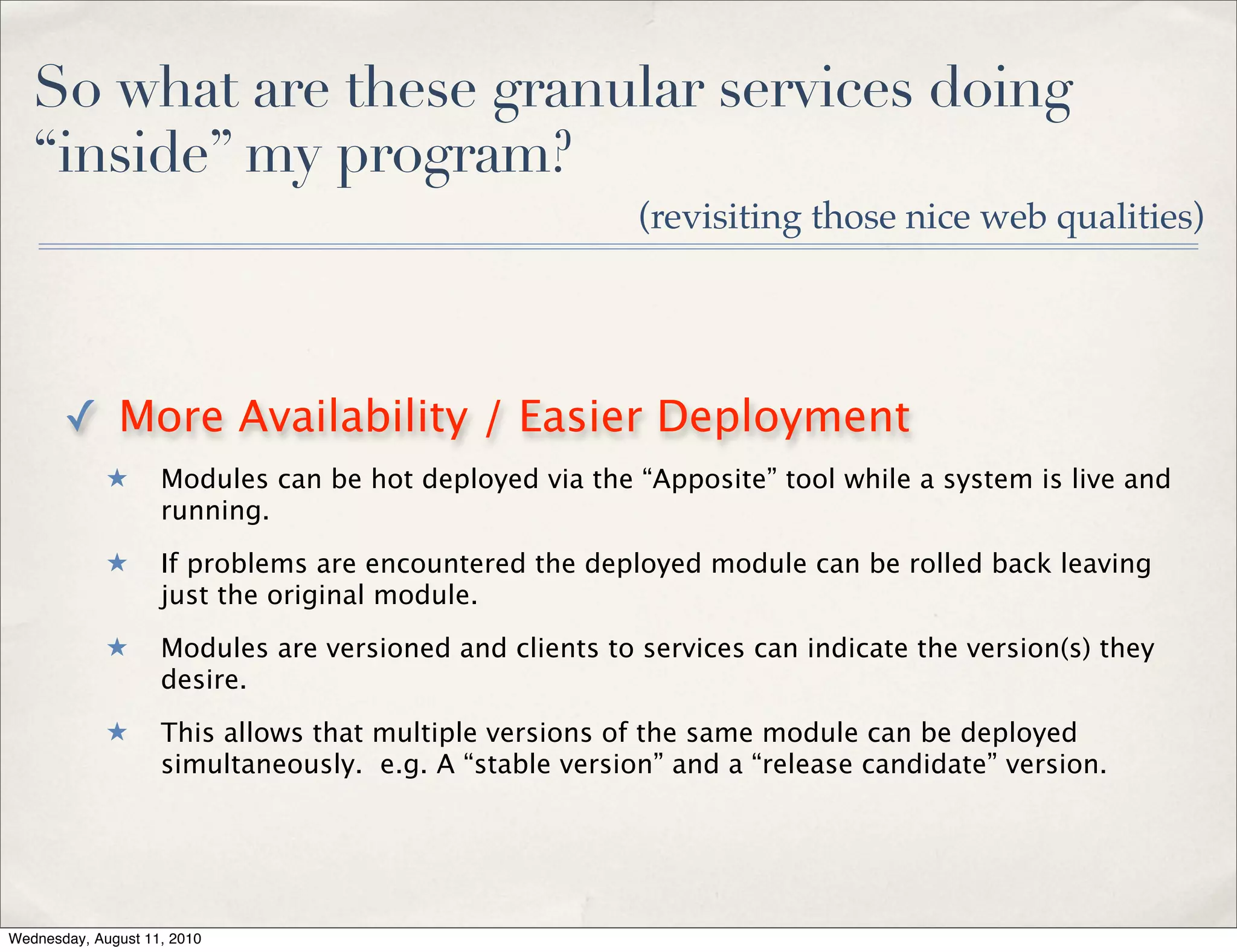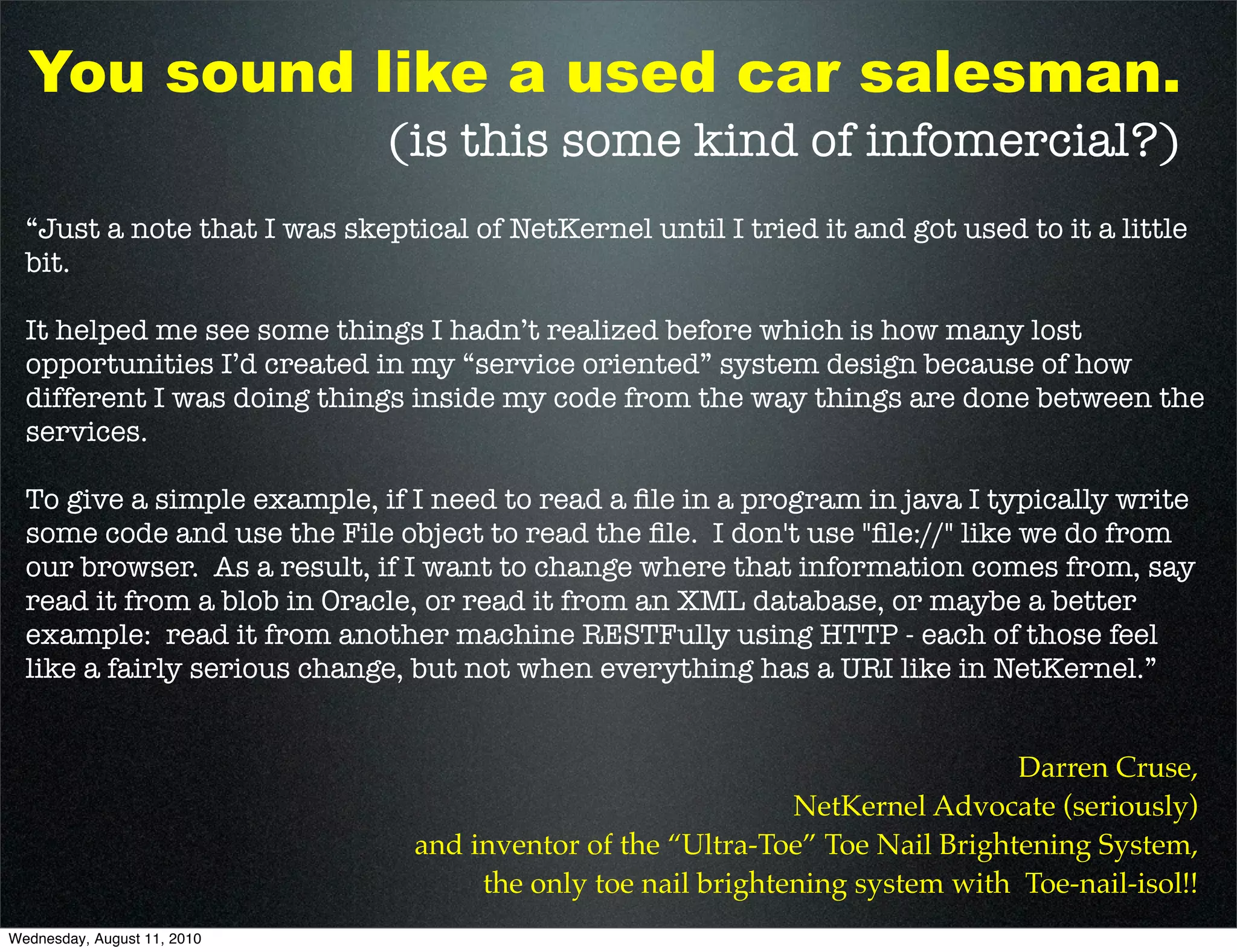NetKernel is a Java-based microkernel that evolved from an XML framework into a resource-oriented computing framework, initially developed at HP Labs over a decade ago. It facilitates parallel execution of micro-services within applications, promoting flexibility, scalability, and the use of heterogeneous technologies. The document discusses the transformation in programming paradigms with the rise of multi-core processors and the importance of concurrent programming in modern software development.
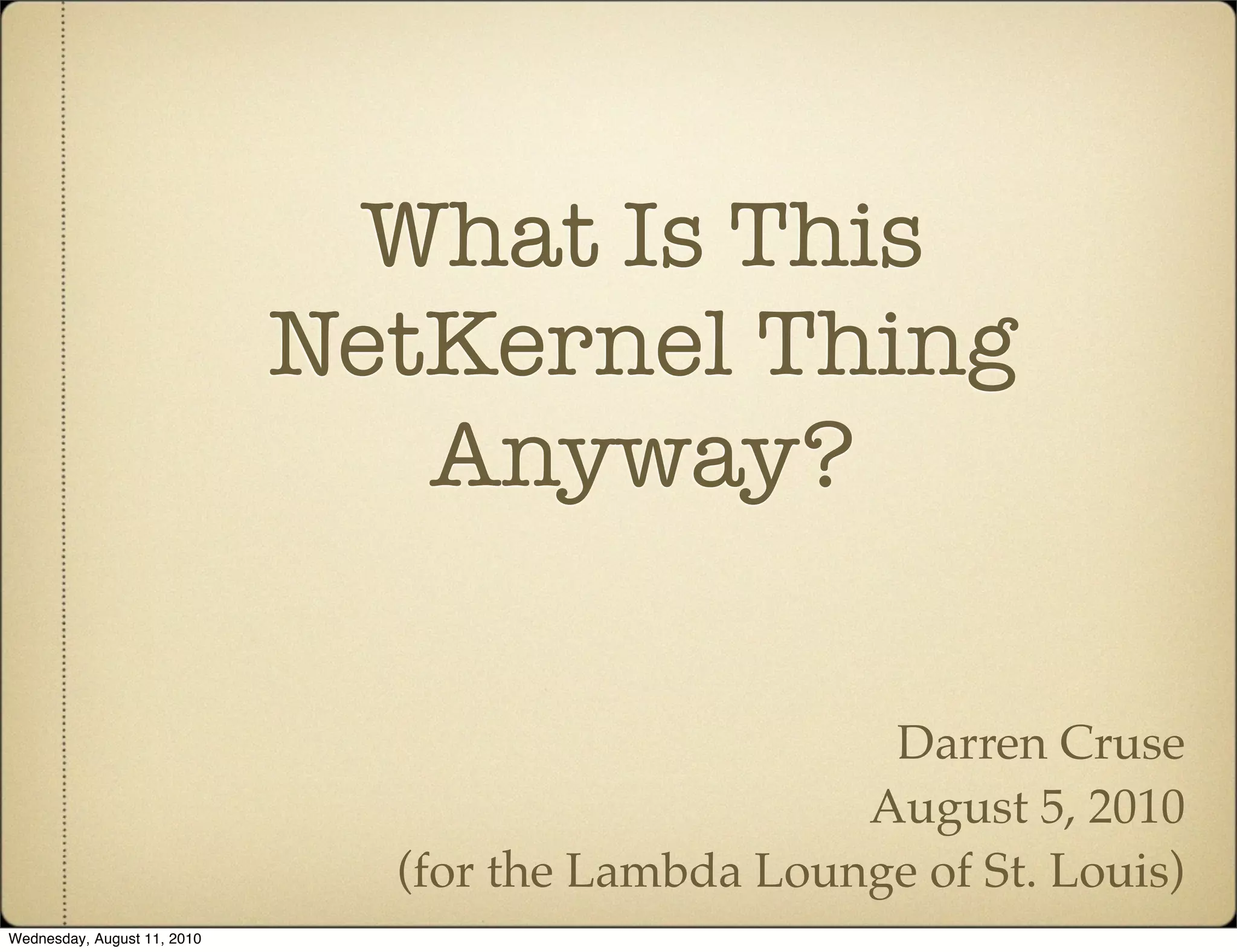

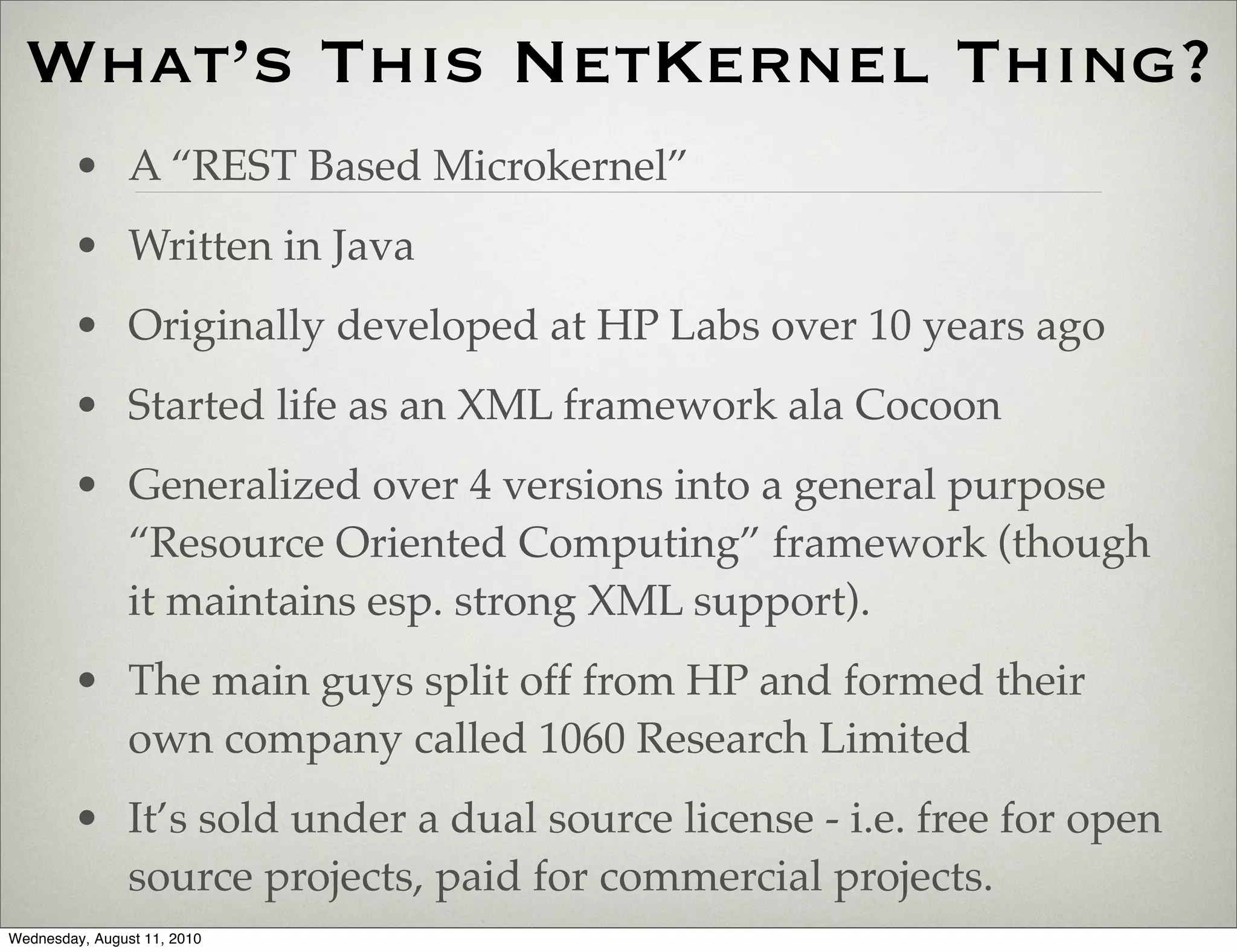

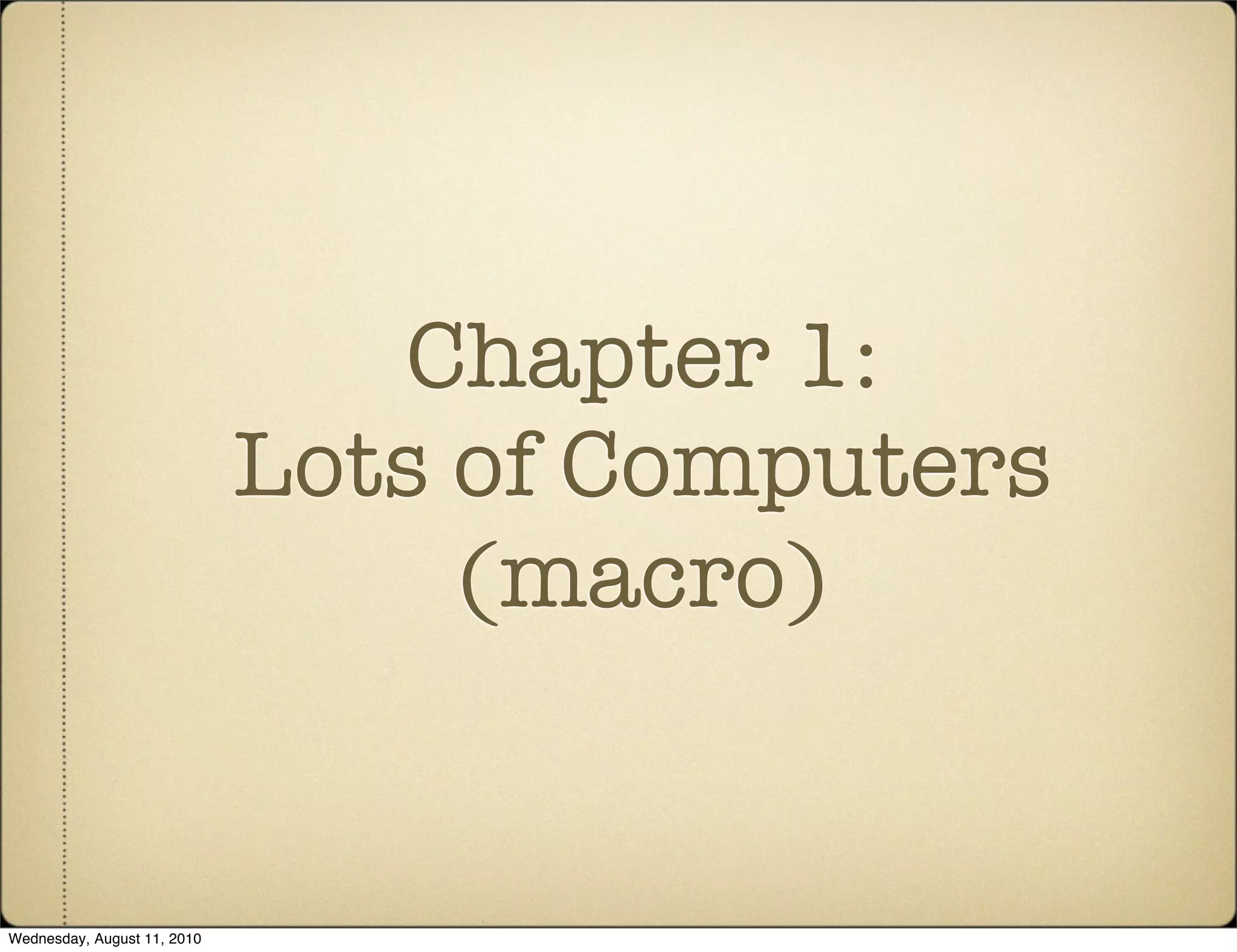
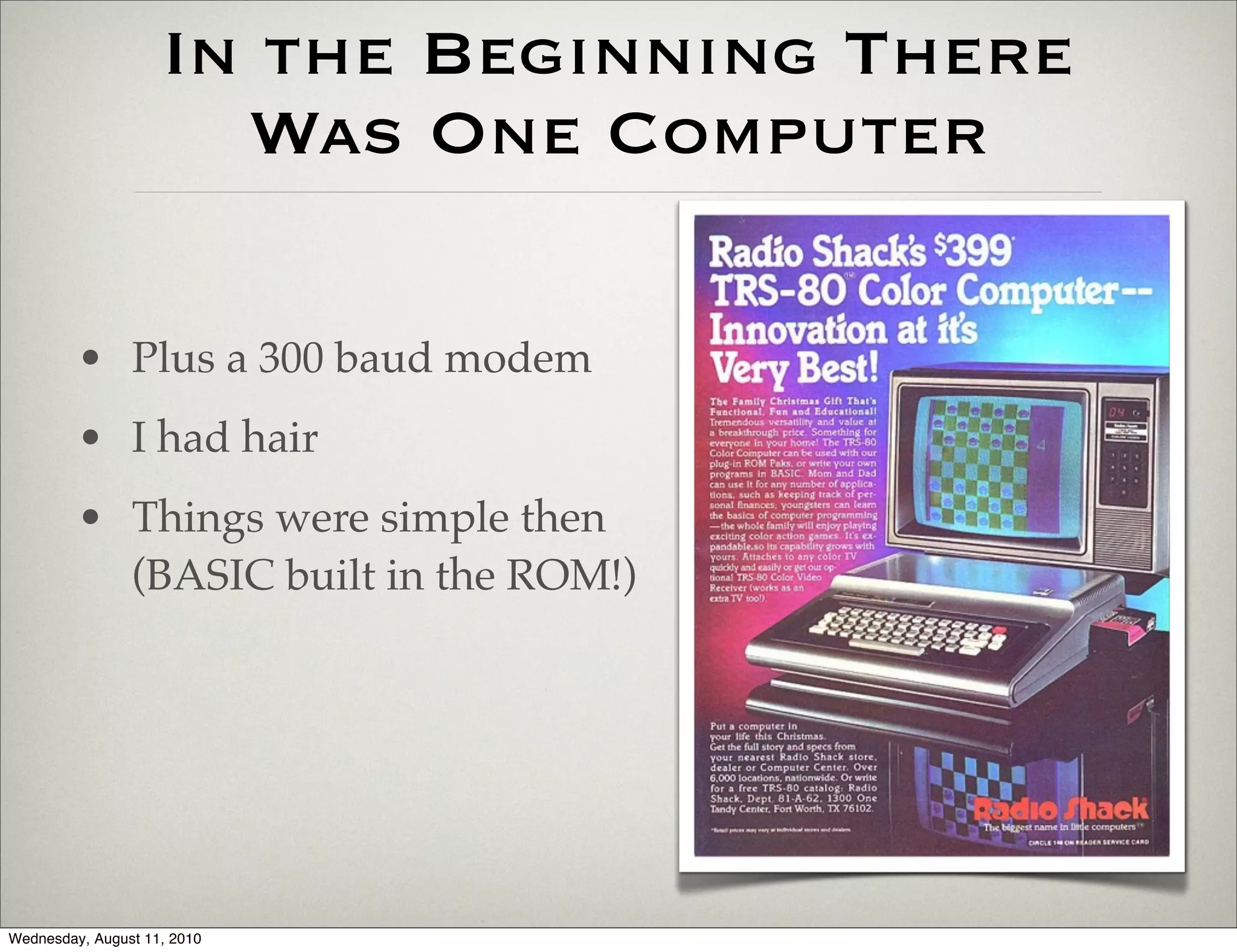
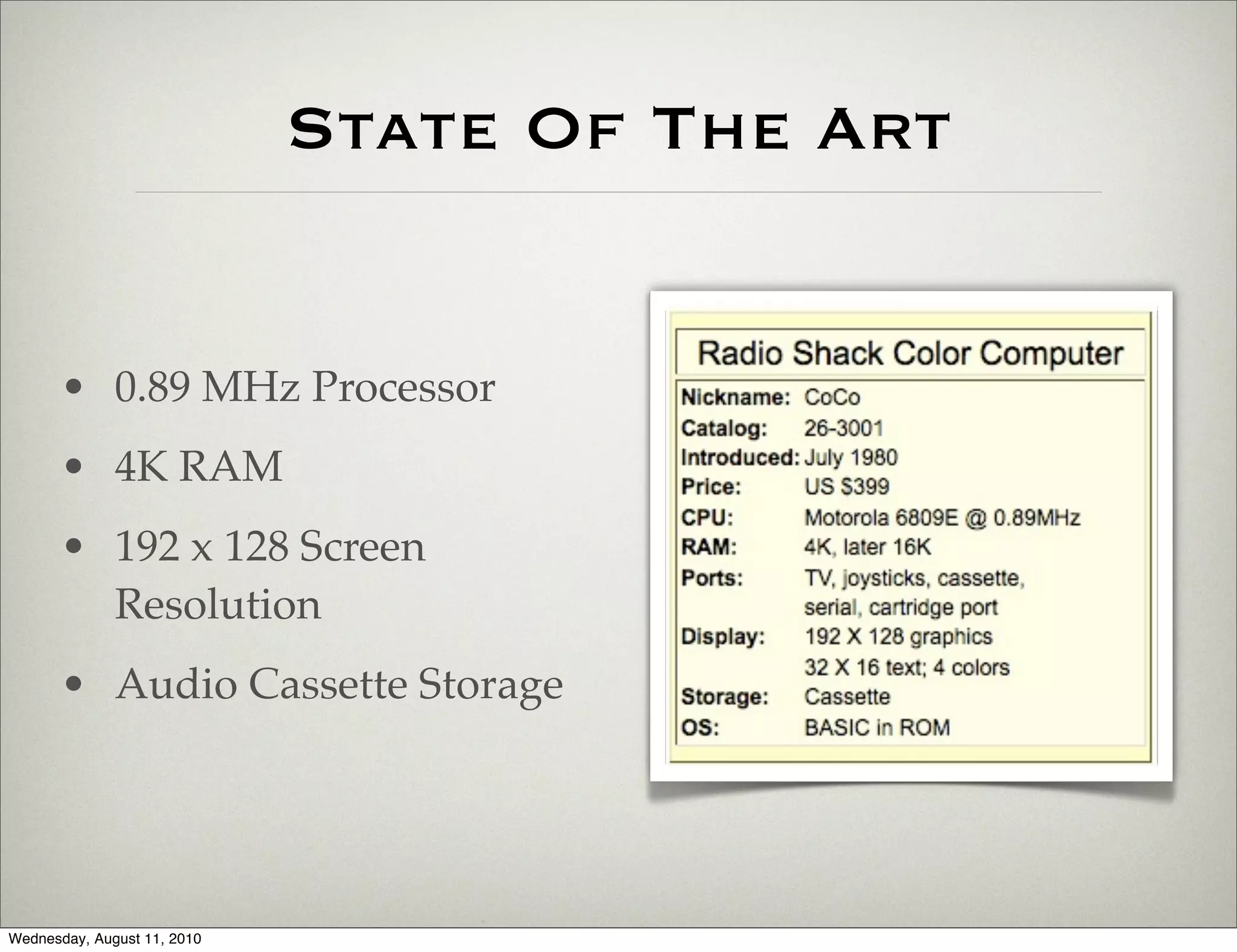
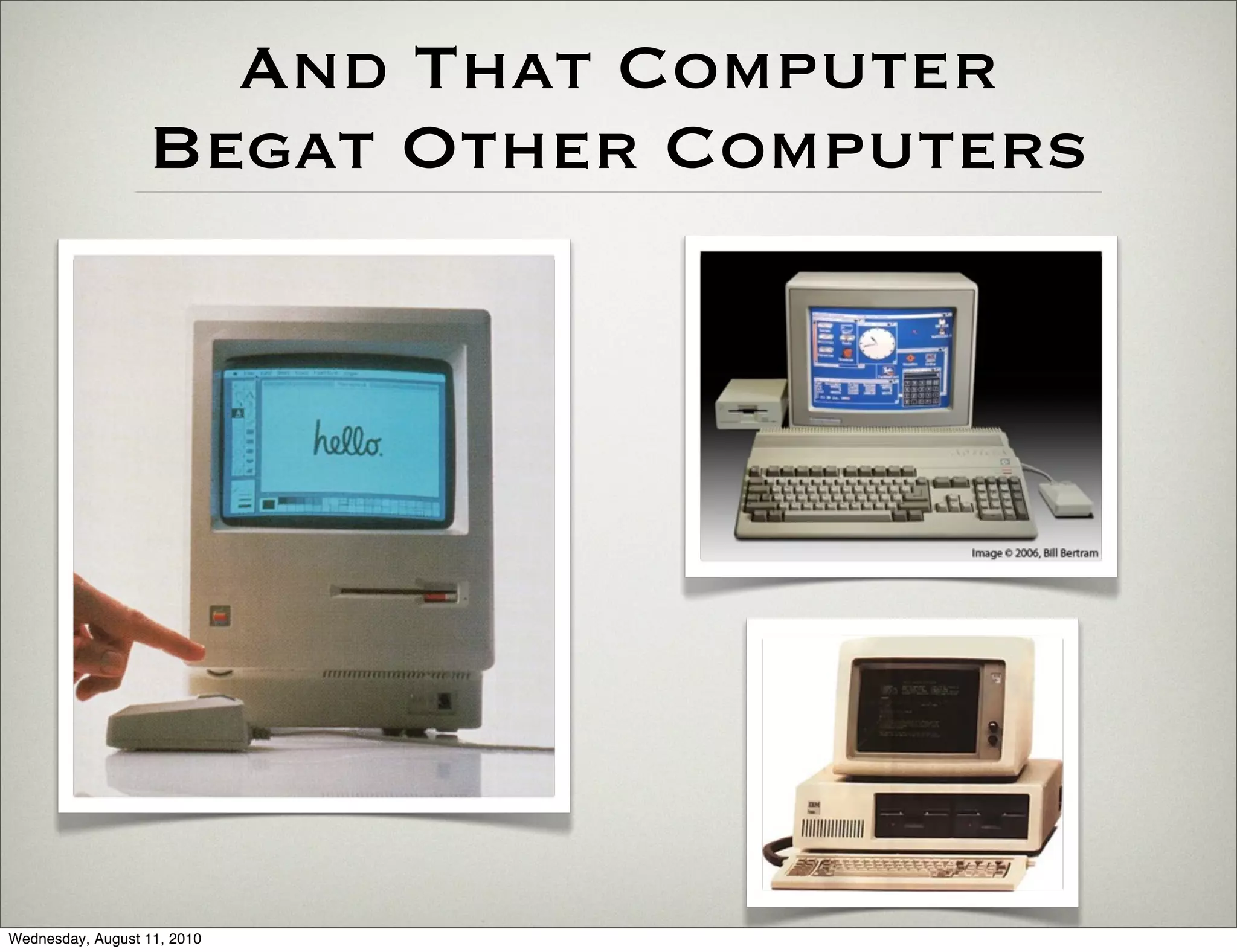


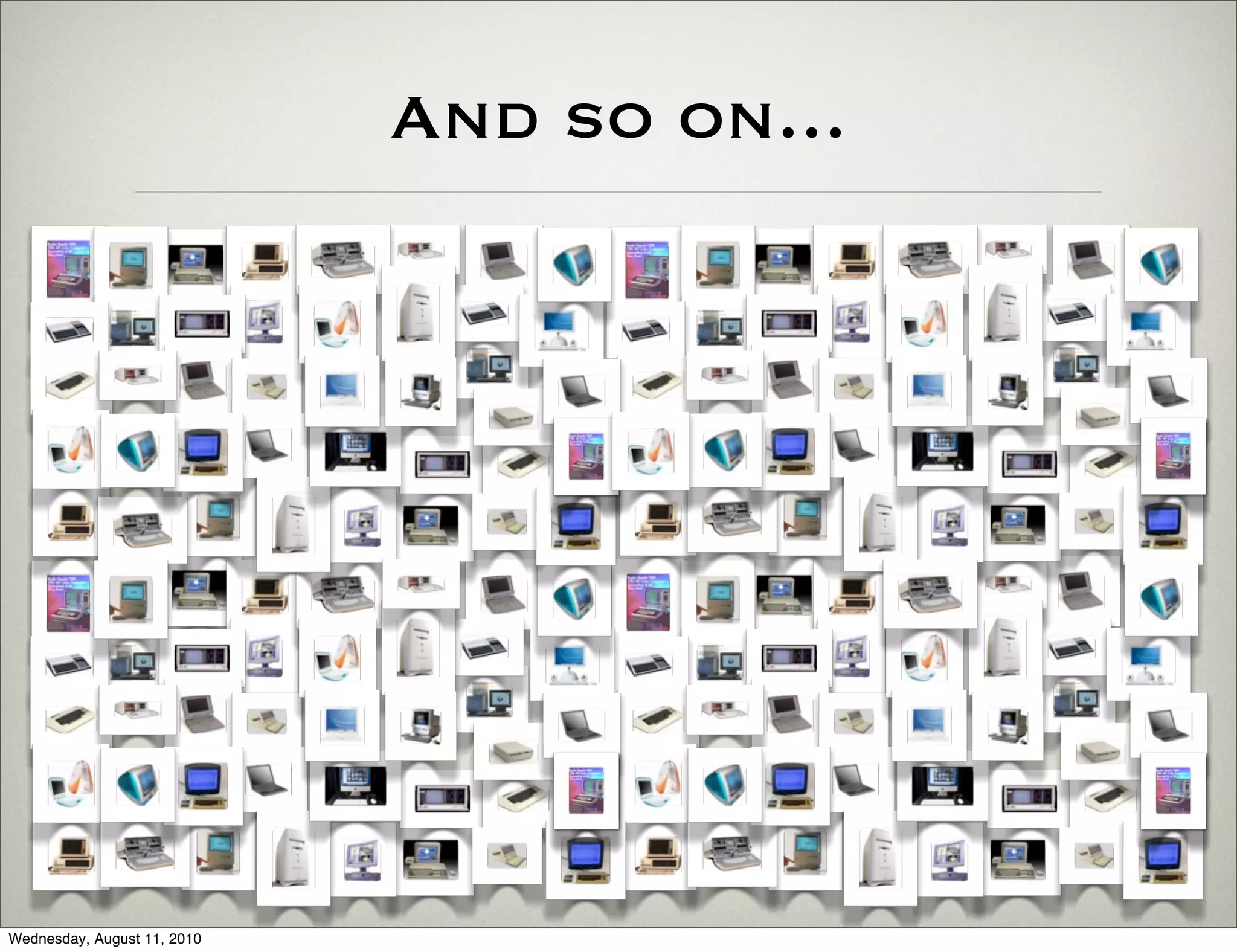
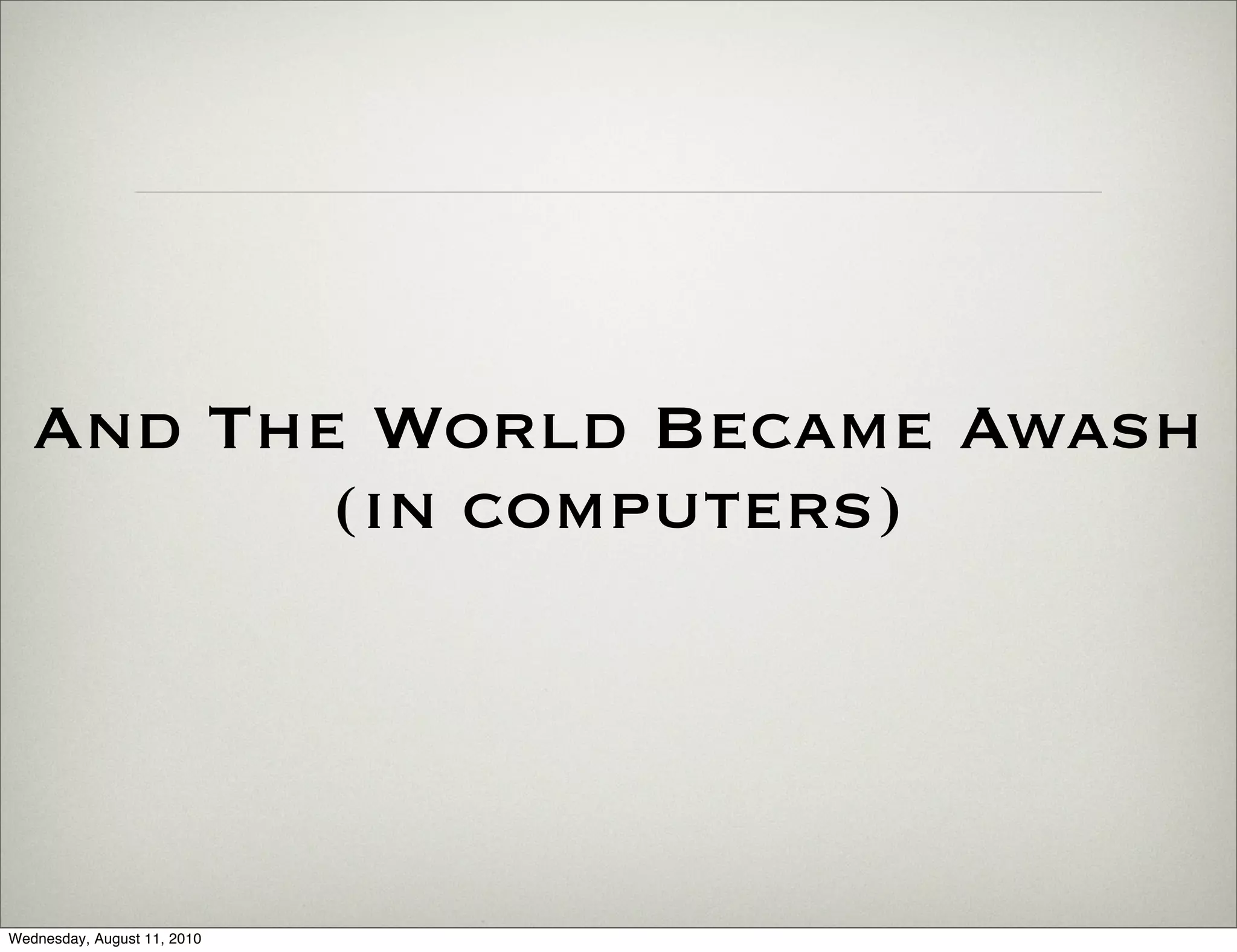


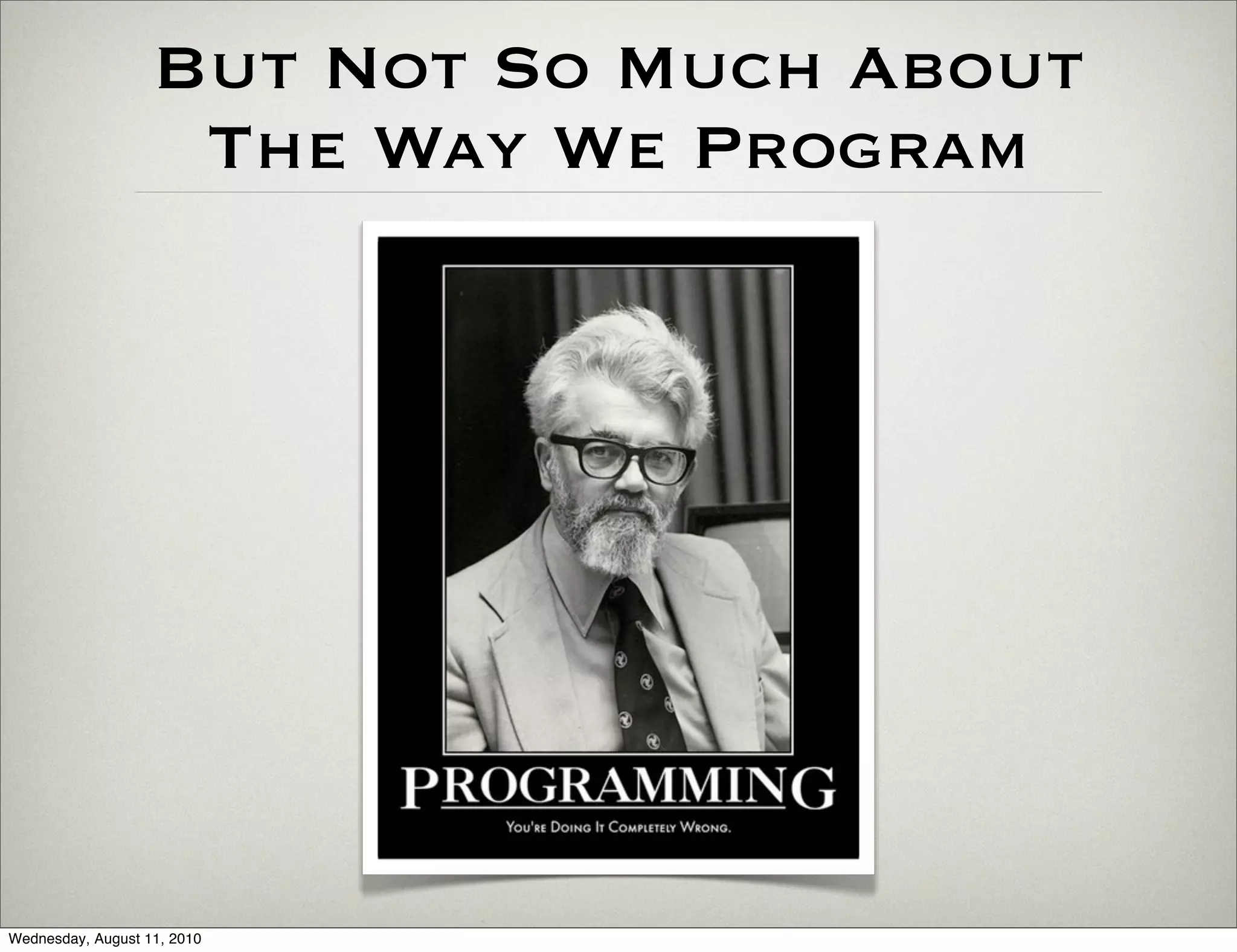
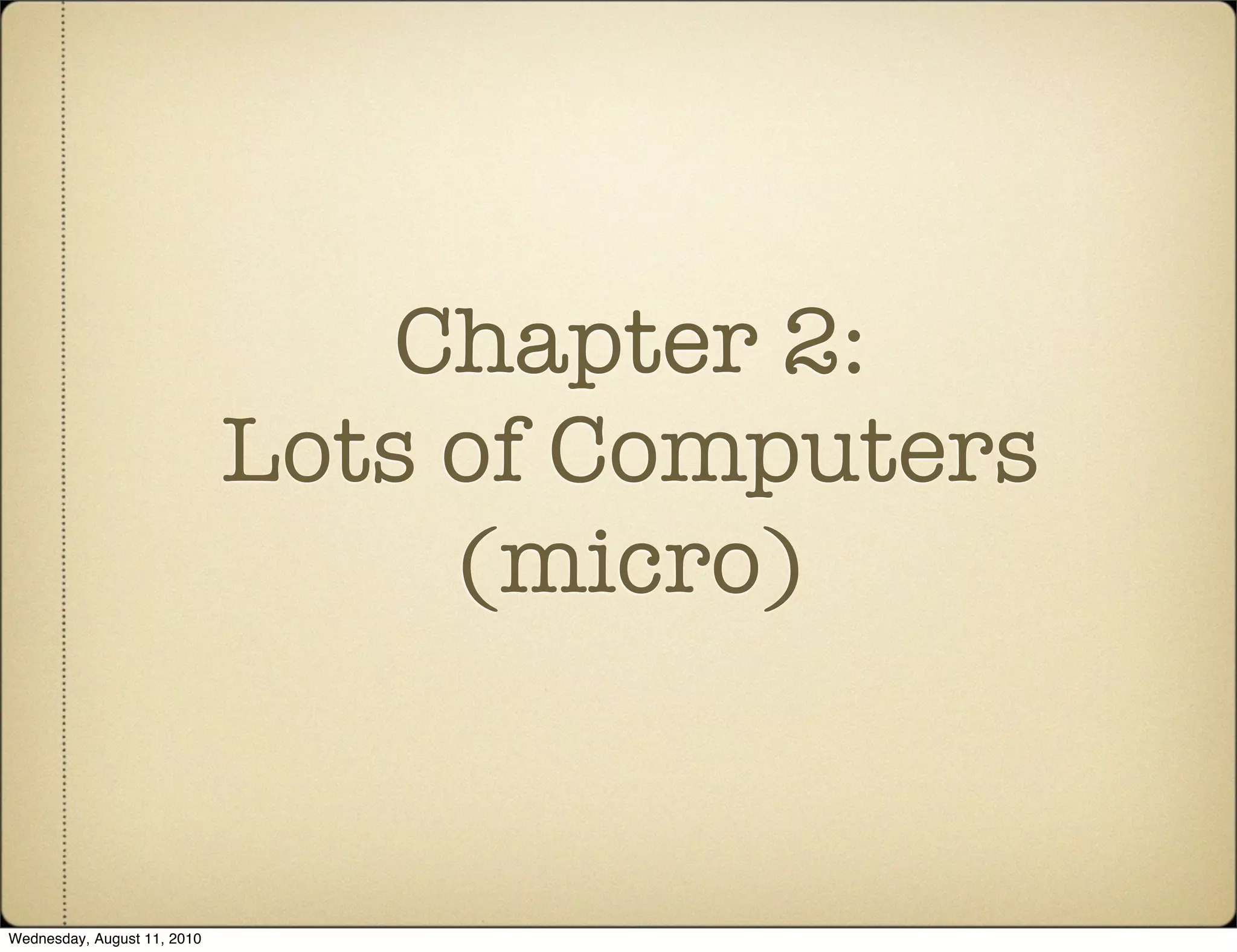
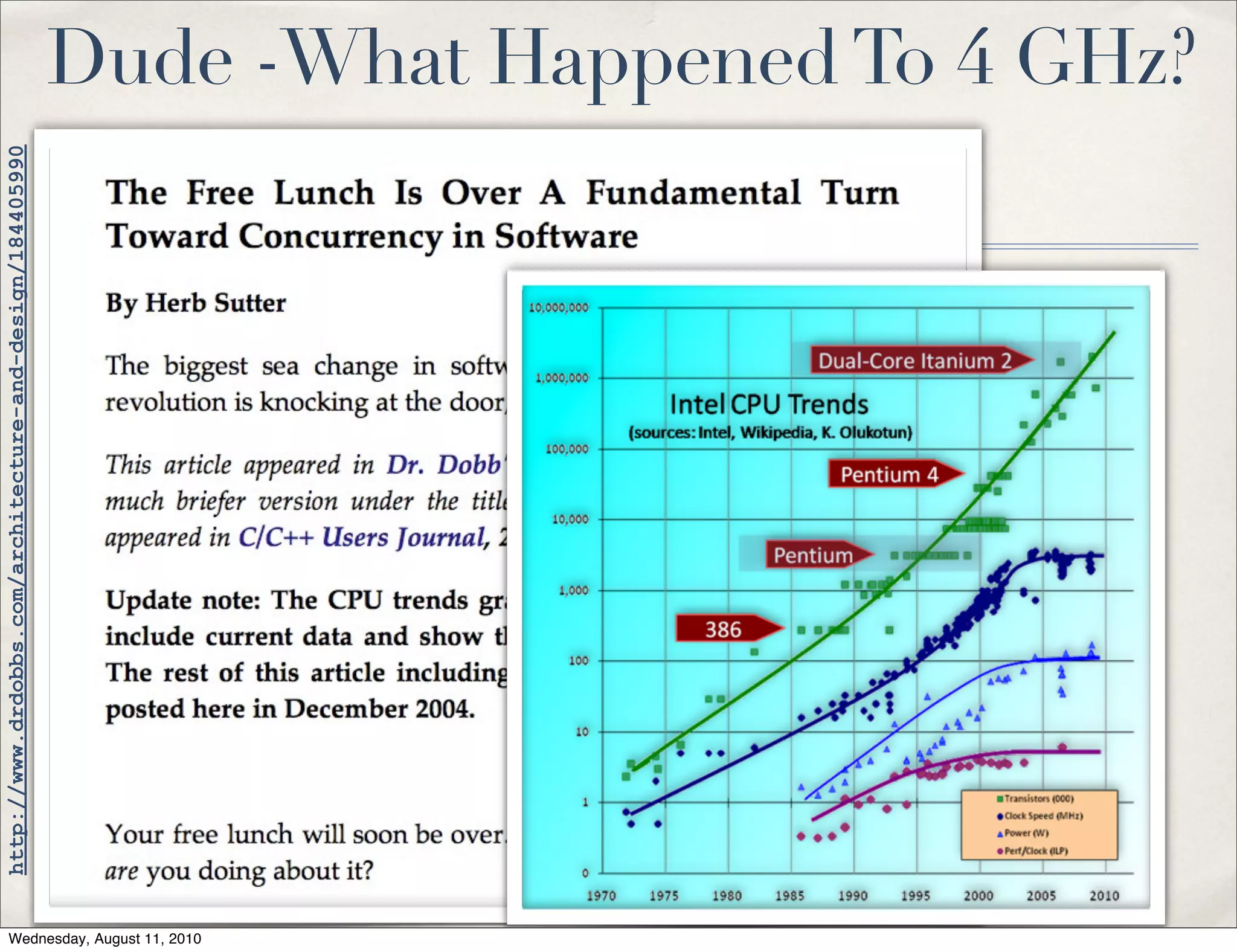
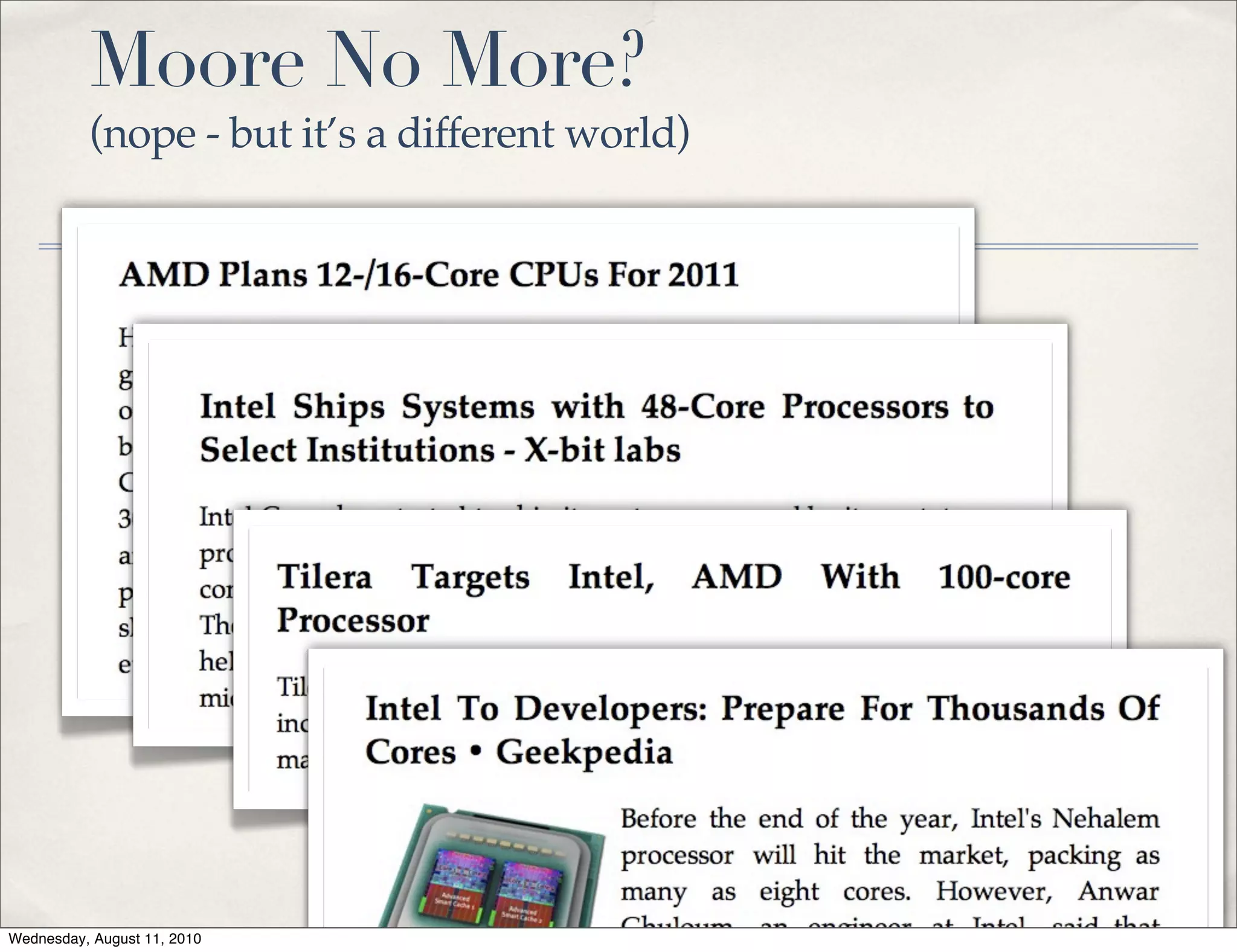
![“The Multi-Core Problem”
What This Means For Software: The Next Revolution
The revolution in mainstream software development from structured programming
to object-oriented programming was the greatest such change in the past 20 years,
and arguably in the past 30 years. There have been other changes, including the
most recent (and genuinely interesting) naissance of web services, but nothing that
most of us have seen during our careers has been as fundamental and as far-reaching
a change in the way we write software as the object revolution.
Until now.
Starting today, the performance lunch isn’t free any more. [...] But if you want your
application to benefit from the continued exponential throughput advances in new
processors, it will need to be a well-written concurrent (usually multithreaded)
application. And that’s easier said than done, because not all problems are inherently
parallelizable and because concurrent programming is hard.
Edited from: “The Free Lunch is Over”, Herb Sutter
(http://www.drdobbs.com/architecture-and-design/184405990)
Wednesday, August 11, 2010](https://image.slidesharecdn.com/netkernelwhat-100811084713-phpapp01/75/What-s-this-NetKernel-Thing-Anyway-19-2048.jpg)
